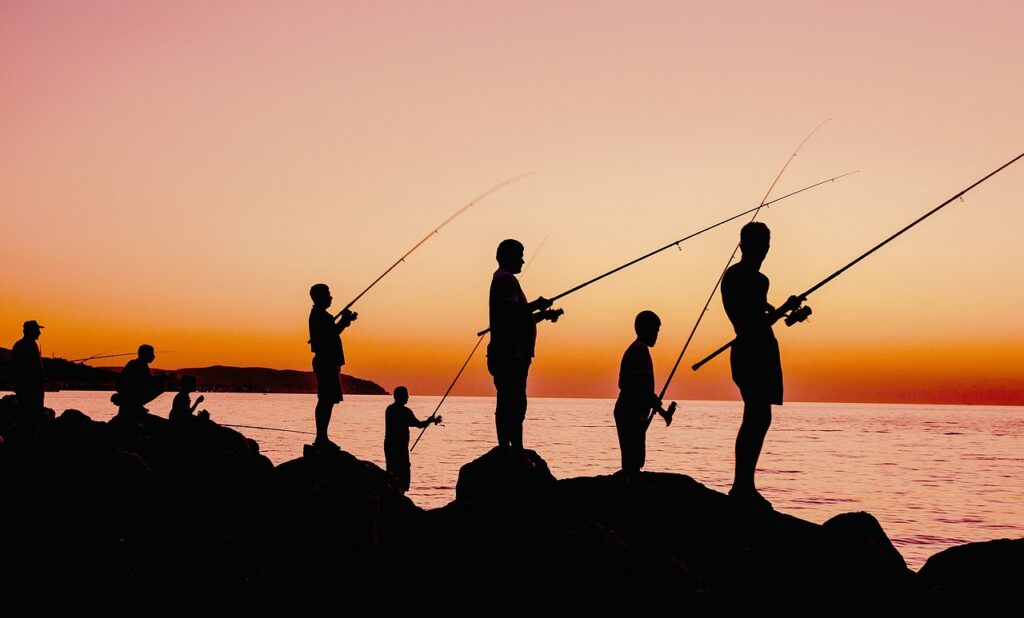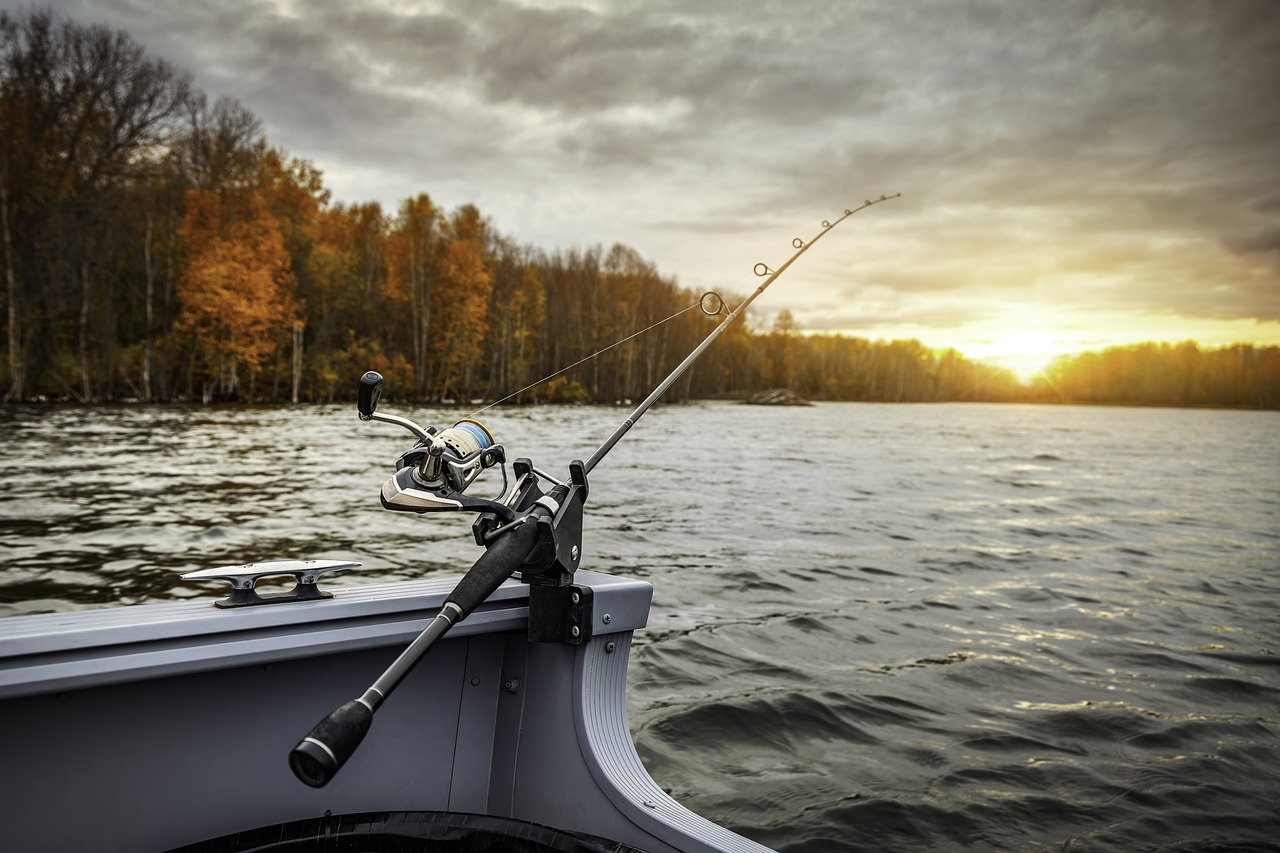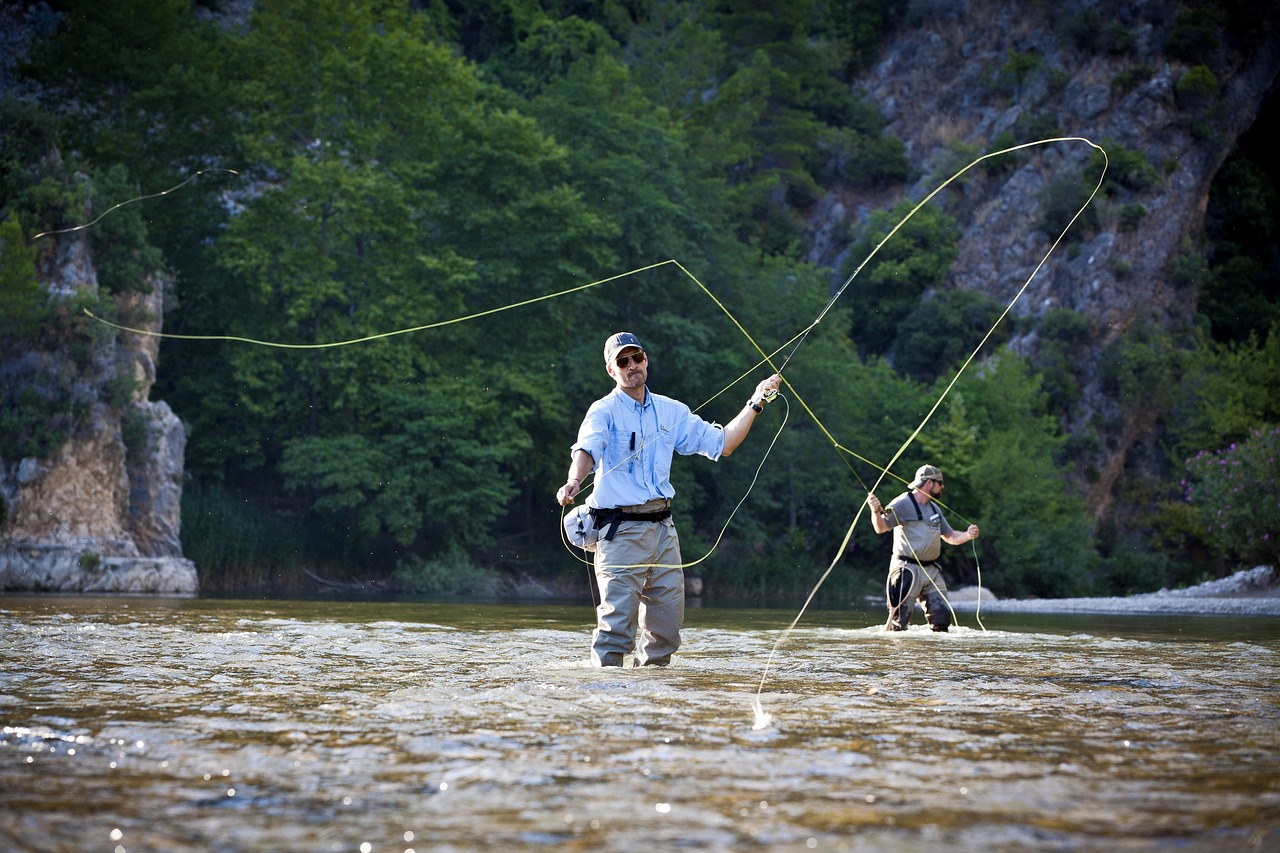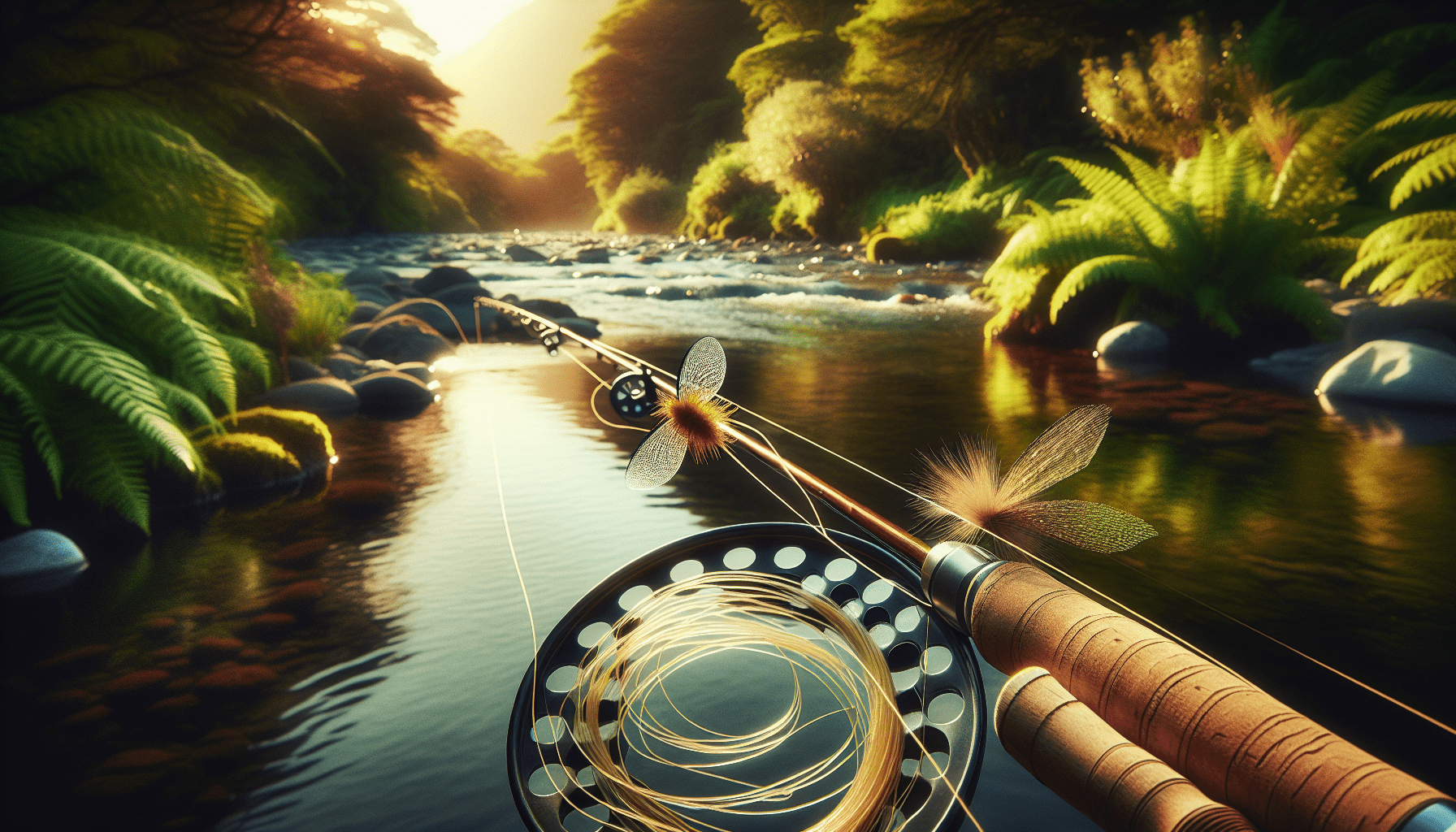Have you ever stood by a river, watching the water flow while tiny insects dance across its surface and wondered how amazing it would be to master the art of fly fishing? If you’ve been toying with the idea of donning those waders and picking up a fly rod, you’re in for a delightful adventure! Fly fishing combines skill, patience, and a deep appreciation for nature, making it both a sport and an art form for those who pursue it. Understanding the basics might seem a bit daunting at first, but fear not — the journey is just as rewarding as the destination. Let’s explore the nuances of fly fishing and equip you with the fundamentals, so the next time you’re at the water’s edge, you’ll feel more like an experienced angler than a spectator.

Understanding Fly Fishing
What is Fly Fishing?
Fly fishing is a unique method of fishing that uses artificial ‘flies’ to lure and catch fish. Unlike traditional fishing methods that rely on the weight of the bait to cast, fly fishing relies on the weight of the line itself. This technique offers a more delicate and accurate way to present the fly on the water’s surface or beneath it, imitating the natural food sources of fish. The interaction with nature, the rhythm of the cast, and the thrill of the catch make fly fishing a favorite for many.
The Appeal of Fly Fishing
Why do anglers gravitate towards fly fishing? It’s more than just catching fish. It’s about connecting with the environment. You learn to read the water, understand fish behavior, and continuously fine-tune your skills. It’s an immersive experience that brings a meditative quality as you synchronize with the natural world, creating a peaceful escape from the hustle and bustle of daily life.
Essential Equipment for Beginners
Fly Rods
Your choice of fly rod is crucial because it affects your casting ability and overall fly fishing experience. Fly rods come in various lengths and weights tailored to different fishing conditions and species of fish. For beginners, a 9-foot rod with a 5-weight line is versatile enough for various settings, from small streams to larger rivers.
Fly Reels
A fly reel is not just a home for your fly line; it plays a vital role in managing your line and helping land fish. While they don’t always get the glory of rods and flies, reels balance your rod and provide a smooth drag system. Beginners should look for reels that are easy to handle and maintain, without unnecessary frills.
Fly Lines
Fly lines are specialized lines designed to work in harmony with fly rods and reels. They have a tapered design that helps in casting. Lines come in different categories, such as floating, sinking, or sink-tip lines, each suited to different fishing scenarios. A floating line is often recommended for novices as it’s versatile and easier to manage during initial casts.
Leaders and Tippets
The leader and tippet are critical components connecting your fly line to the fly itself. Leaders taper from a thick end to a thin, almost invisible end to help present the fly naturally. Tippets add length and finesse to your leader. As a beginner, a pre-tapered leader with a size 5X or 6X tippet is a great starting point.
Flies
Flies are the artificial lures used in fly fishing to imitate fish prey. They can be nymphs, dry flies, streamers, or wet flies, each serving different scenarios and fish species. A beginner’s kit should include a variety of each type, allowing adaptability in presenting to fish.
Mastering Basic Fly Fishing Techniques
The Basic Fly Cast
Getting the hang of a basic fly cast is crucial for any beginner. It involves a back cast and a forward cast, forming a tight loop that places your fly gently onto the water. Proper timing, hand positioning, and line control are essential aspects you’ll continuously refine with practice.
Roll Cast
The roll cast is a vital technique when you have limited space behind you. It allows you to cast without a back cast, using the water’s surface tension to propel the line forward. Roll casts are particularly useful when fishing under obstacles such as trees or in tight streams.
Reading the Water
Being able to read the water is akin to seeing through the eyes of a fish. Look for structures where fish might hide, such as rocks, logs, or undercut banks. Recognizing feeding lanes and quiet pools helps position yourself strategically for an effective cast.
Hook Setting
Setting the hook correctly determines whether you’ll land that fish or watch it swim away. Unlike standard fishing, where a hard hook set is customary, fly fishing requires a more tactile approach. A gentle lift of the rod tip or a small strip of the line is usually enough to secure the hook in the fish’s mouth.
Playing and Landing Fish
Playing a fish on a fly rod can be exhilarating, requiring patience and a touch of finesse. Let the rod’s bend absorb the fish’s runs and jerks, ensuring you maintain tension while avoiding a snapped line. Once the fish tires, guide it towards you, using a landing net when possible to minimize stress on the fish before release.
Enhancing Your Skills
Practicing Casting
Become proficient with consistent practice. Spend time in your backyard mimicking the motions you’ll use on the water, focusing on the mechanics of your cast. Aim for precision and efficiency, striving to form tight loops and land flies accurately.
Knot Tying
Fly fishing involves a few essential knots that every angler should master, such as the improved clinch knot, double surgeon’s knot, and loop-to-loop connection. These ensure a secure connection between your fly line, leader, tippet, and fly, increasing your chances of a successful outing.
Understanding Fish Behavior
Observe fish habits and feeding patterns to become a more effective angler. Different fish species have distinct tendencies influenced by the time of day, weather conditions, and seasonal changes. Exploring local rivers and streams will familiarize you with the targeted species’ behaviors in your area.
Weather and Time Considerations
The best fishing often aligns with specific weather patterns and times of day. Fish are generally more active during sunrise and sunset when they feel safer feeding. Cloudy or slightly rainy days can also yield better results, as fish feel less exposed under dim light.

Embracing the Experience
Conservation and Ethics
Fly fishing carries a strong ethos of conservation and respect for aquatic ecosystems. Practice catch and release where appropriate and be mindful of handling fish gently. Respect local fishing regulations to contribute to sustainable fisheries for future generations.
Joining the Fly Fishing Community
Being part of the fly fishing community not only enhances your skills but also builds friendships around shared passions. Participate in local clubs or online forums where you can exchange tips, plan trips, and learn from seasoned anglers who eagerly welcome newcomers.
Enjoying the Journey
Remember, fly fishing is as much about patience and process as it is about results. Enjoy the quiet moments on the water, the thrill of a perfect cast, and the beauty of nature enveloping you. Fly fishing can be incredibly fulfilling as you progress at your own pace and value the lessons nature has to offer.
Conclusion
Embarking on your fly fishing journey brings the promise of unforgettable experiences and endless learning. With each cast, you deepen your connection to nature and grow your understanding of this revered sport. So, as you stand by the river next time, remember the basics, perfect your techniques, and most importantly, relish the moment. Through fly fishing, you gain more than just the skills to catch fish – you gain a deeper appreciation for the art of fishing and the tranquility it brings to your soul.

